A few years ago, the discovery of the world’s longest and most extensive underwater cave system (347 km) in Mexico’s Yucatan Peninsula sent shockwaves across the globe. When cavers uncovered this vast network of nearly 250 cenotes (freshwater-filled sinkholes), they could hardly believe their eyes. Follow archeology.dulichvn.net to discover many hidden mysteries that have yet to be discovered.
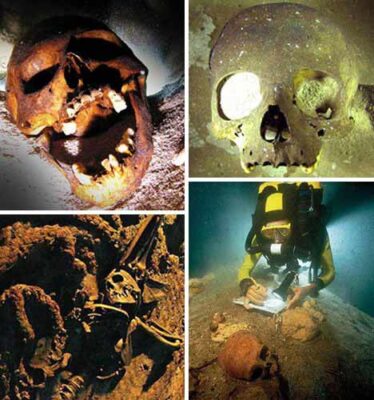
The Sac Actun System: A Natural Wonder
An Incredible Discovery
Several years ago, explorers discovered the Sac Actun cave system, a vast underwater labyrinth that spans 347 km and connects nearly 250 cenotes. This stunning network of water-filled sinkholes has stunned the global archaeological community.
Archaeological Sites of Historical Significance
Sac Actun contains 198 archaeological sites, with 140 dating back to the Maya period. The artifacts found within these sites are not only numerous but also exceptionally well-preserved.
Intriguing Discoveries
Among the most remarkable finds are charred human bones dating back at least 9,000 years, suggesting human presence in the region far earlier than previously believed. These discoveries challenge our understanding of the area’s early inhabitants.
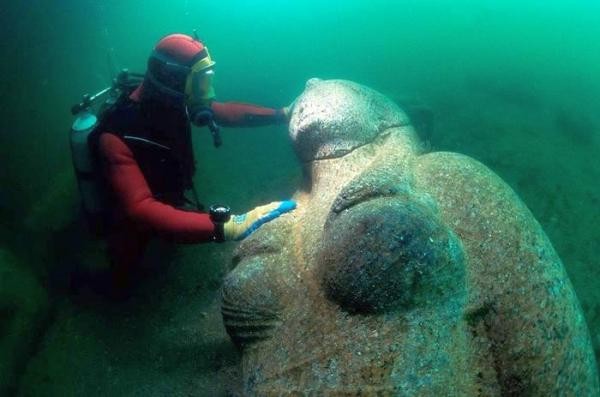
Cultural and Historical Significance of Sac Actun
Trade Routes and Sacred Sites
Sac Actun likely served as a vital trade route, and certain locations within the system functioned as pilgrimage sites where sacred exchanges with gods were made. The caves were central to Maya religious practices and cultural life.
A Vital Water Source During Climatic Stress
Guillermo de Anda, archaeologist and director of the Great Maya Aquifer Project (GAM), suggests that ancient populations didn’t live in the caves but used them for collecting fresh water or during times of climatic crisis. The caves and cenotes were, however, deeply connected to their spiritual lives.
Maya Artifacts and Structures
Within the underwater network, researchers have uncovered Maya ceramics dating from 2000 BC to the 16th century, wall decorations, and a temple dedicated to the Maya god of commerce. These findings highlight the Maya’s complex relationship with these sacred spaces.
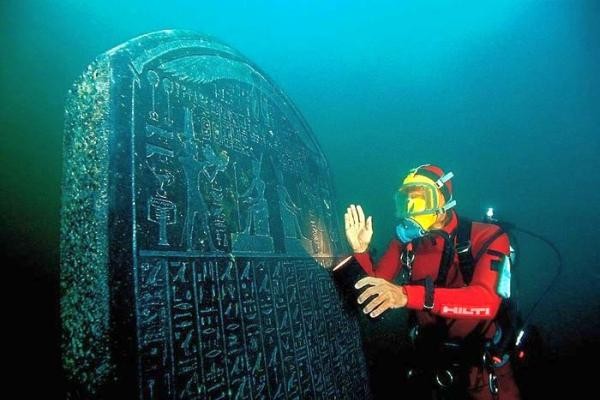
The Mysteries Within Sac Actun’s Expansive Network
Ice Age Remains
The waters of Sac Actun have revealed the remains of Ice Age animals, including giant sloths, bears, and a mammal resembling an elephant, known as the gonfoterio. These remains offer a glimpse into the region’s ancient wildlife.
Dangerous Exploration
Explorers discovered a structure resembling a staircase leading up to a cenote. However, without these stairs, venturing into the underwater system could be perilous. The discovery of human skeletons in the caves indicates that not all explorers made it out safely.
Possibly Connecting to Other Cave Systems
There is evidence suggesting that other cave systems may be connected to Sac Actun, potentially extending the cave network to over 500 km, promising even more discoveries in the future.
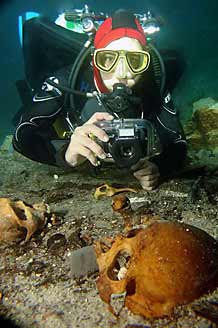
Sac Actun: A Priceless Legacy of Humanity
A Symbol of Maya Civilization
Sac Actun is not just a natural wonder but also a testament to the advanced culture and spirituality of the Maya. The caves and cenotes were integral to the Maya way of life and their connection to the natural world.
Significance for Science
The findings in Sac Actun provide valuable insights into the climate, animals, and human activity of the region thousands of years ago, contributing to our understanding of the past.
A Fascinating Destination for Exploration
Today, Sac Actun remains one of the most captivating destinations in Mexico, attracting archaeologists, divers, and adventurers eager to uncover its secrets.
See more: The Mummy of Pharaoh Amenhotep’s Beloved Dog: A 3,500-Year-Old Relic
Conclusion
The Sac Actun cave system in the Yucatan Peninsula is not only a natural marvel but also an invaluable historical treasure. With its ancient artifacts, Ice Age animal remains, and spiritual significance, Sac Actun offers a rare glimpse into the past. Visiting this extraordinary site is an opportunity to explore the intersection of history, nature, and human ingenuity, making it a must-see for those fascinated by ancient civilizations and natural wonders.

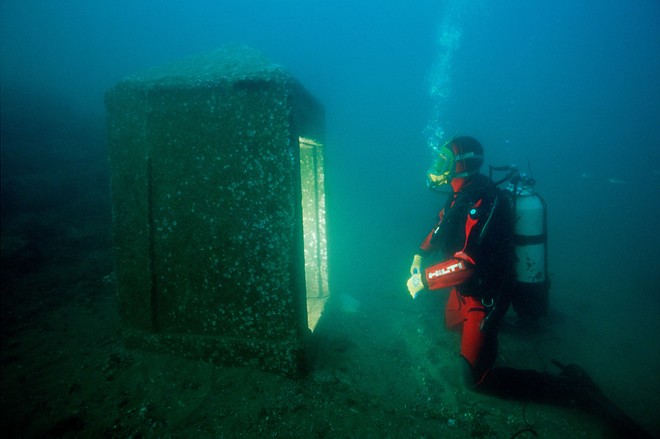
CÁC TIN KHÁC
Mark Twain & Olivia Langdon: A 36-Year Love Story Filled with Laughter and Devotion
The Tollund Man: A 2,400-Year-Old Mystery Preserved in a Danish Bog
Skara Brae: Scotland’s Hidden Neolithic Village
Porta Nigra: The Hidden Depths of Trier’s Iconic Roman Gate